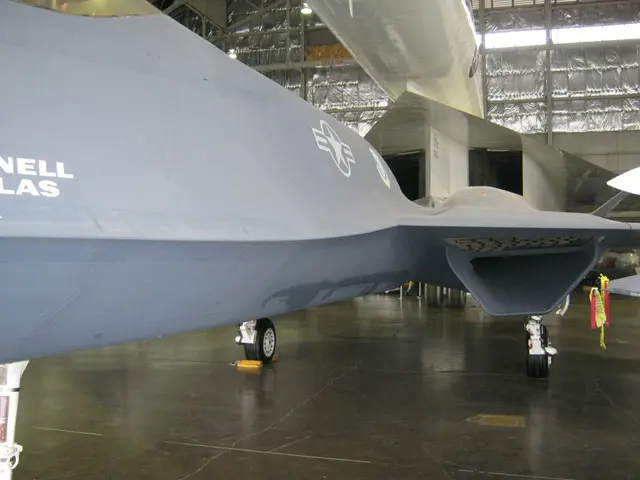CGI (Computer-Generated Imagery) vs Traditional Animation: What Sets Them Apart
The Animation Showdown: Good Old Traditional vs. High-Tech CGI
When you hear the term "animation", it's likely that high-quality, big-budget features like those produced by Hollywood come to mind, often associated with CGI (Computer-Generated Imagery). But, the distinction between the two can be quite significant, particularly when we look at the technical definitions.
So what exactly is CGI?
Originally, the term "animation" referred to a series of hand-drawn cells played in sequence, each carefully sketched or rotoscoped to generate smooth motion with a distinctive look. In recent times, its informal definition has shifted, encompassing any animation that isn't photorealistic or studio-quality. It's no longer about the technique used but the quality and appearance of the final sequence.
On the contrary, CGI initially meant "graphics inserted into live-action scenes" and was a method used by directors to replace physical models with computer-generated images, thereby expanding the scope and scale of their films. Like animation, the meaning of CGI has morphed over time to refer to a project rendered entirely using computer animation software. You can see this trend in media like online videos, social media, and TV commercials.
Sample Animated TV Advertisements:
- O2 for England Rugby – Wear the Rose, Make Them Giants
- Lyft – June: Life is Better When You Share the Ride
- Cadbury – Screme Egg Last Stand
TV Advertisements Using CGI:
- Aldi Christmas Advert – Kevin the Carrot
- Tombola bingo – I'm A Celebrity Get Me Out Of Here sponsorship
- Asda Christmas Advert- The Imaginarium
Each style comes with its advantages and disadvantages, shaping the quality of the end product in various ways:
Animation:
- Can be created with hands, computers or a combination, with no need for specific software to produce the frames, aside from artistic skills. However, some software can be used to refine the final product.
- Supports a vast array of artistic styles and can even be created from just a few static images.
- Once assets are created, they can be reused across different frames, making the process more cost-effective.
- Animation can be less expensive when hiring artists and purchasing tools compared to CGI.
- However, it takes more time to produce, especially when previous frames can't be reused, and mistakes are more visible due to the absence of a consistent model.
CGI:
- Offers a more polished and expansive visual quality, ideal for modern animation demands.
- 3D assets can be used across various projects without artistic conflicts, as the model only needs to be created once.
- Mistakes can be easily fixed by re-rendering the footage, making the production process more flexible.
- Producing CGI requires more digital storage space compared to animation.
- It's generally more expensive, as it requires specialized tools and skills, and can take significant amounts of time, especially for long projects.
- There's a common perception that CGI may lack artistic merit compared to animation.
Each technique offers a unique flavor that can completely change the quality of the final product!
In the realm of entertainment, it's intriguing to consider how lifestyle and technology intertwine, particularly in the realm of animation. Traditional hand-drawn or computer-aided animation embodies a charming artistic style, while CGI, or Computer-Generated Imagery, presents a more polished and expansive visual quality. This distinction, while honoring the roots of animation, also highlights the impact of technology in shaping contemporary artistic expressions.







